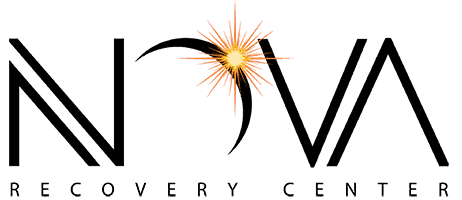Naltrexone Treatment for Alcohol and Opioid Addiction
GET HELP TODAY!
100% Confidentiality Guaranteed
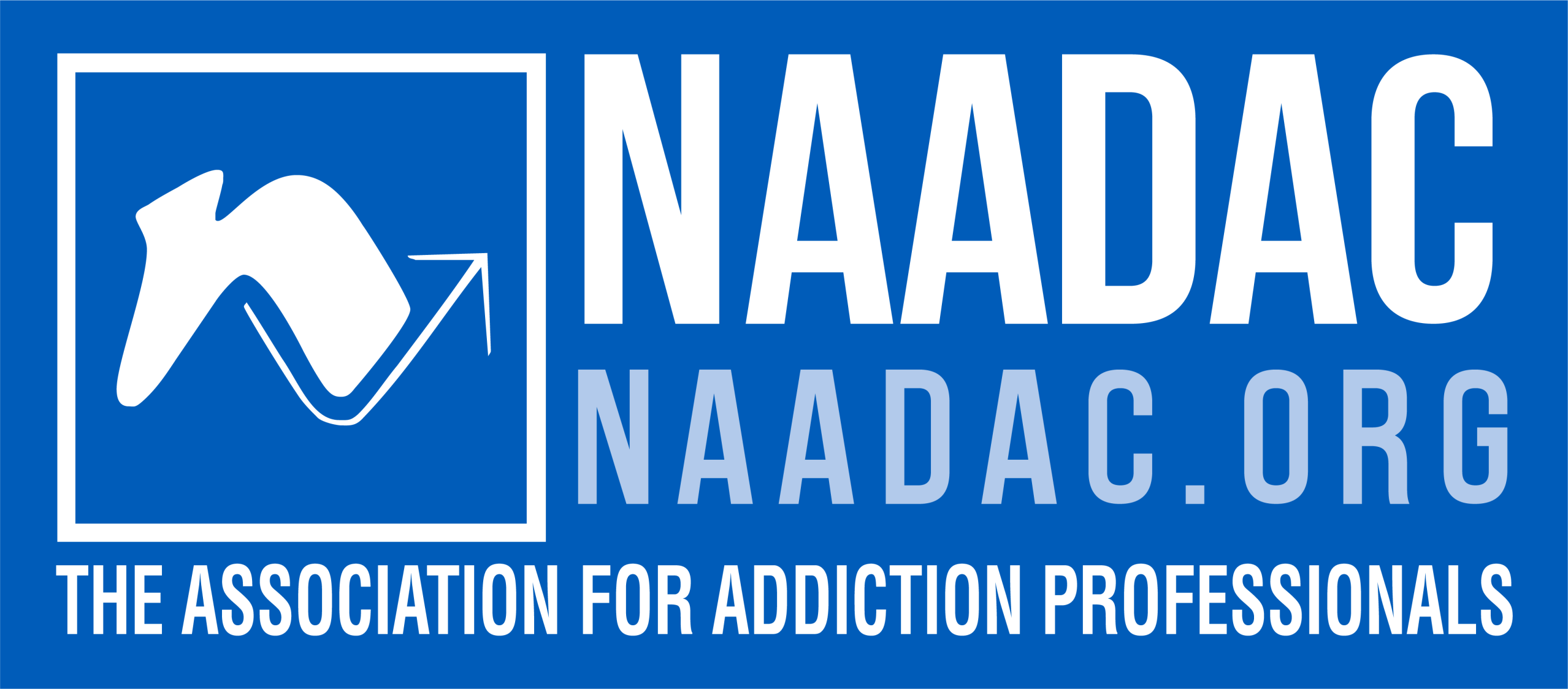
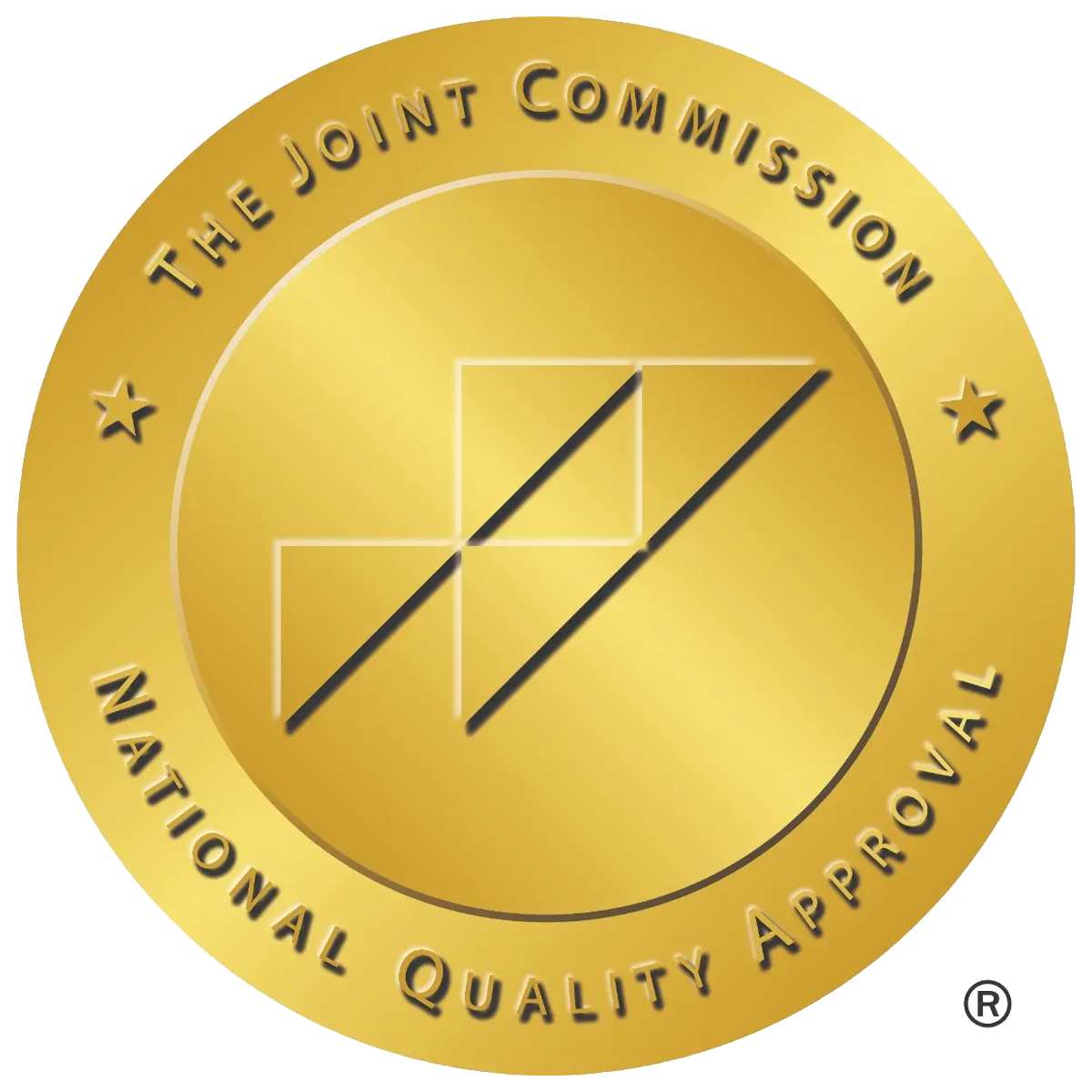
How Naltrexone Works and What to Expect
Non-addictive medication (oral pills or monthly Vivitrol injection) used to treat alcohol and opioid dependencies, helping to block the euphoric effects of substances.
Reduces cravings and relapse risk by preventing users from feeling rewarding effects if they return to alcohol or opioids.
Requires prior detox—individuals must be opioid-free for 7–10 days to avoid triggering withdrawal symptoms when starting naltrexone.
Important overdose caution—naltrexone can lower opioid tolerance, increasing the risk of overdose upon relapse.
Most effective when combined with therapy and support, including counseling, group programs, and medical oversight.
Table of Contents
What is Naltrexone (Vivitrol)?
Naltrexone is a non-addictive medicine used to treat alcohol and opioid addiction. It comes as a monthly shot called Vivitrol or as daily pills named ReVia or Depade.
This medication blocks the high people get from drinking alcohol or taking opioids. If someone on naltrexone relapses and drinks alcohol or uses drugs, they won’t feel the usual effects. This can help reduce cravings and encourage recovery.
However, a person must stop using opioids completely for 7 to 10 days before starting naltrexone. Otherwise, the medication might trigger uncomfortable withdrawal symptoms.
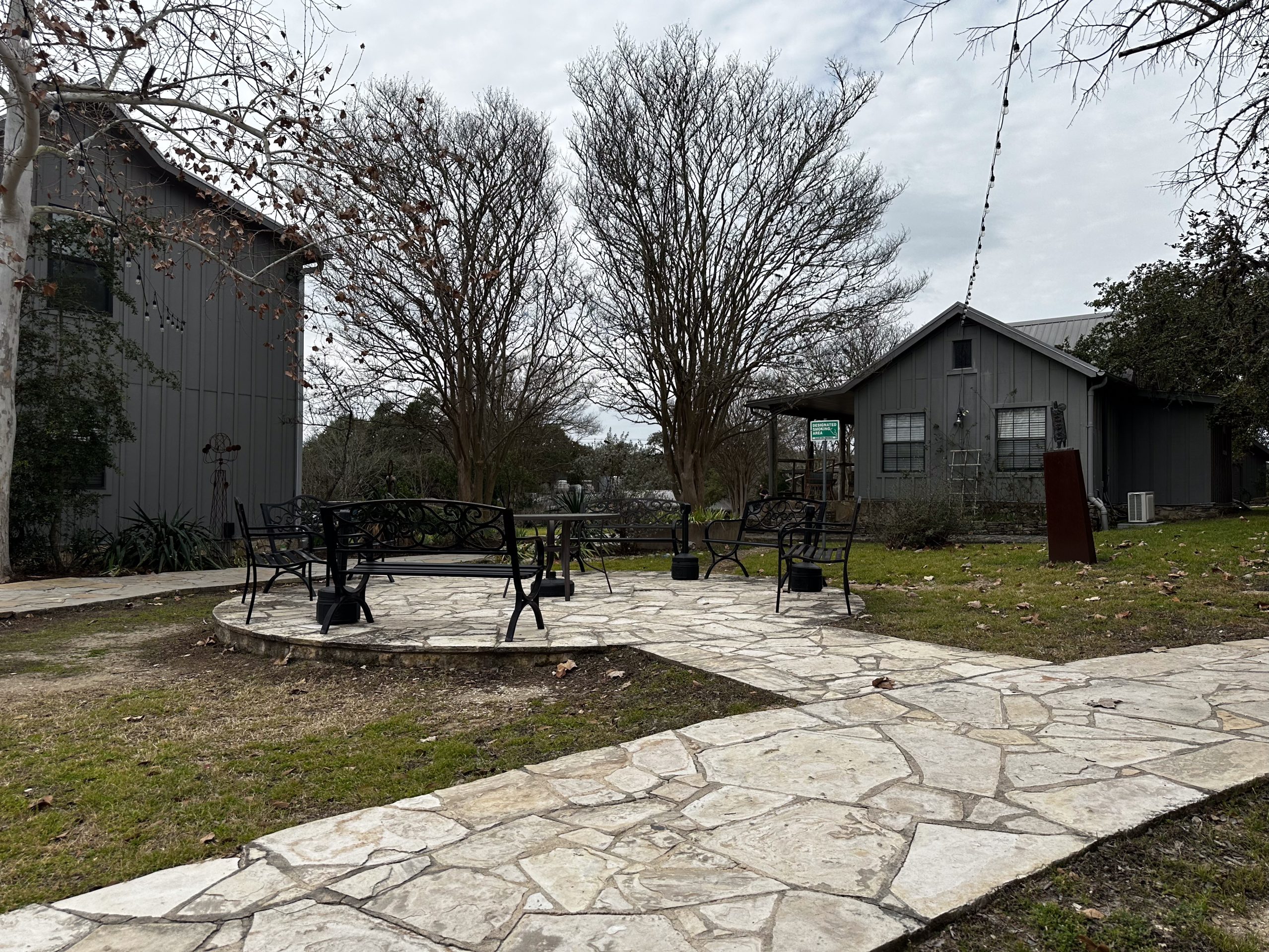
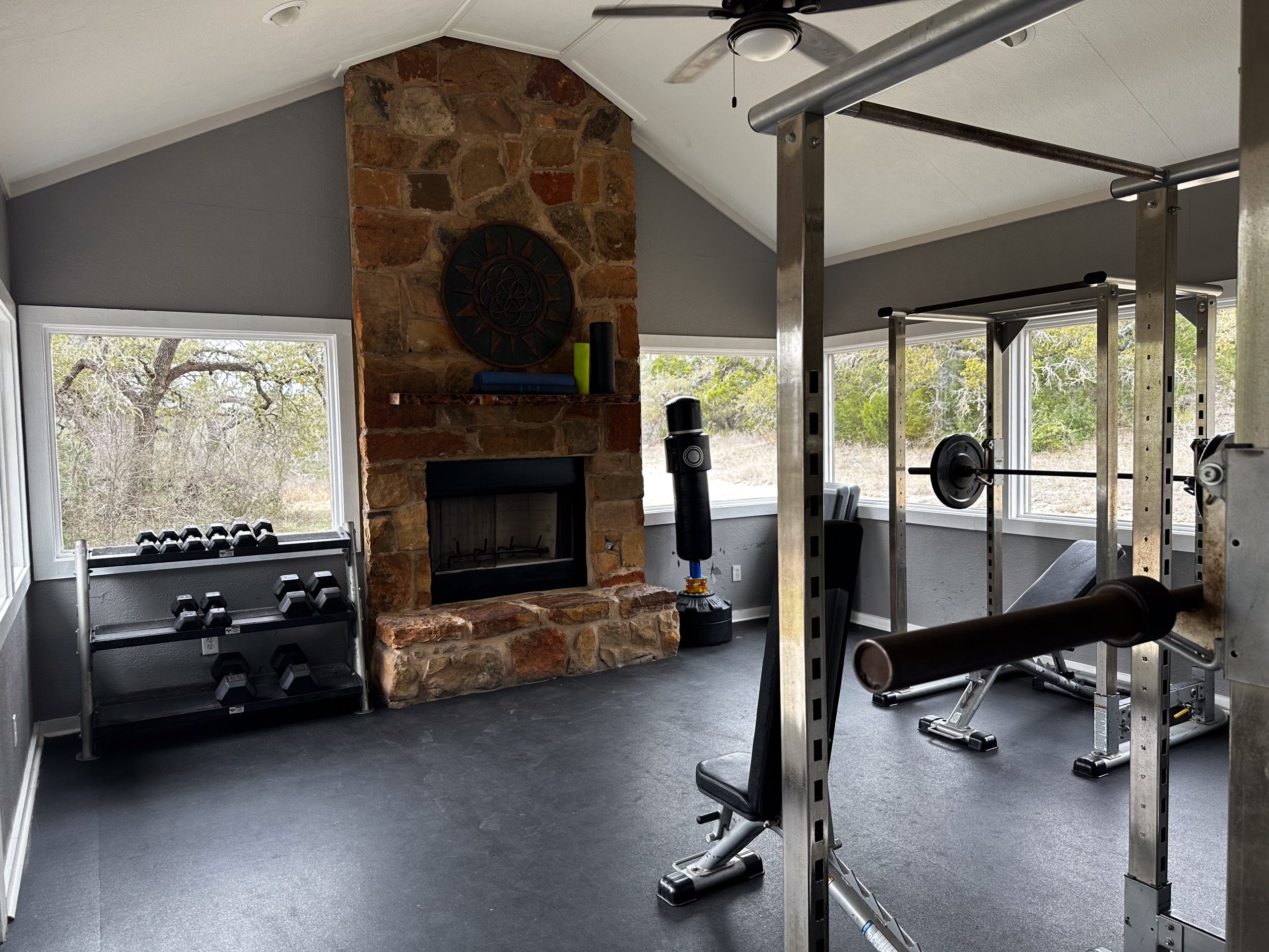
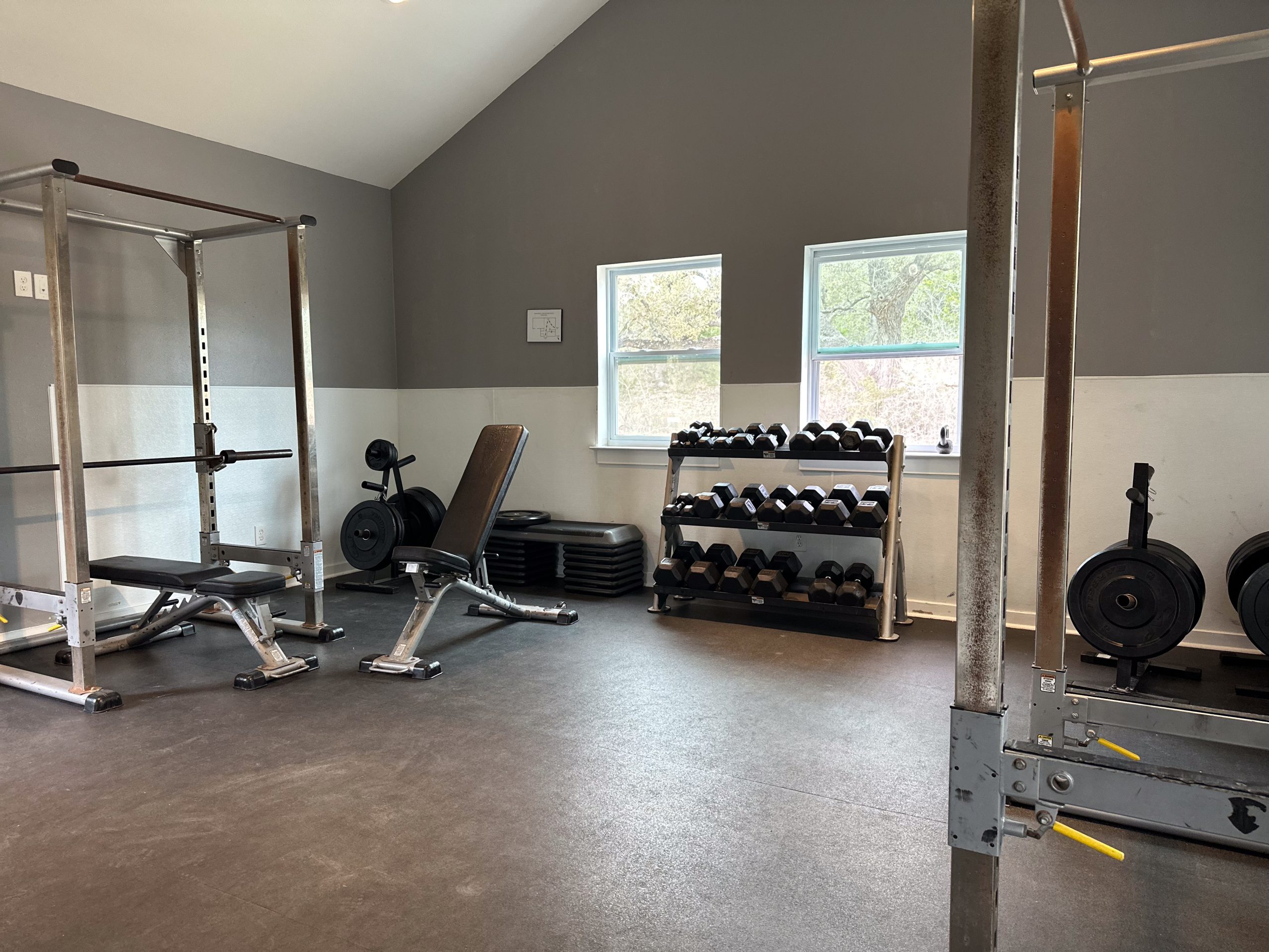
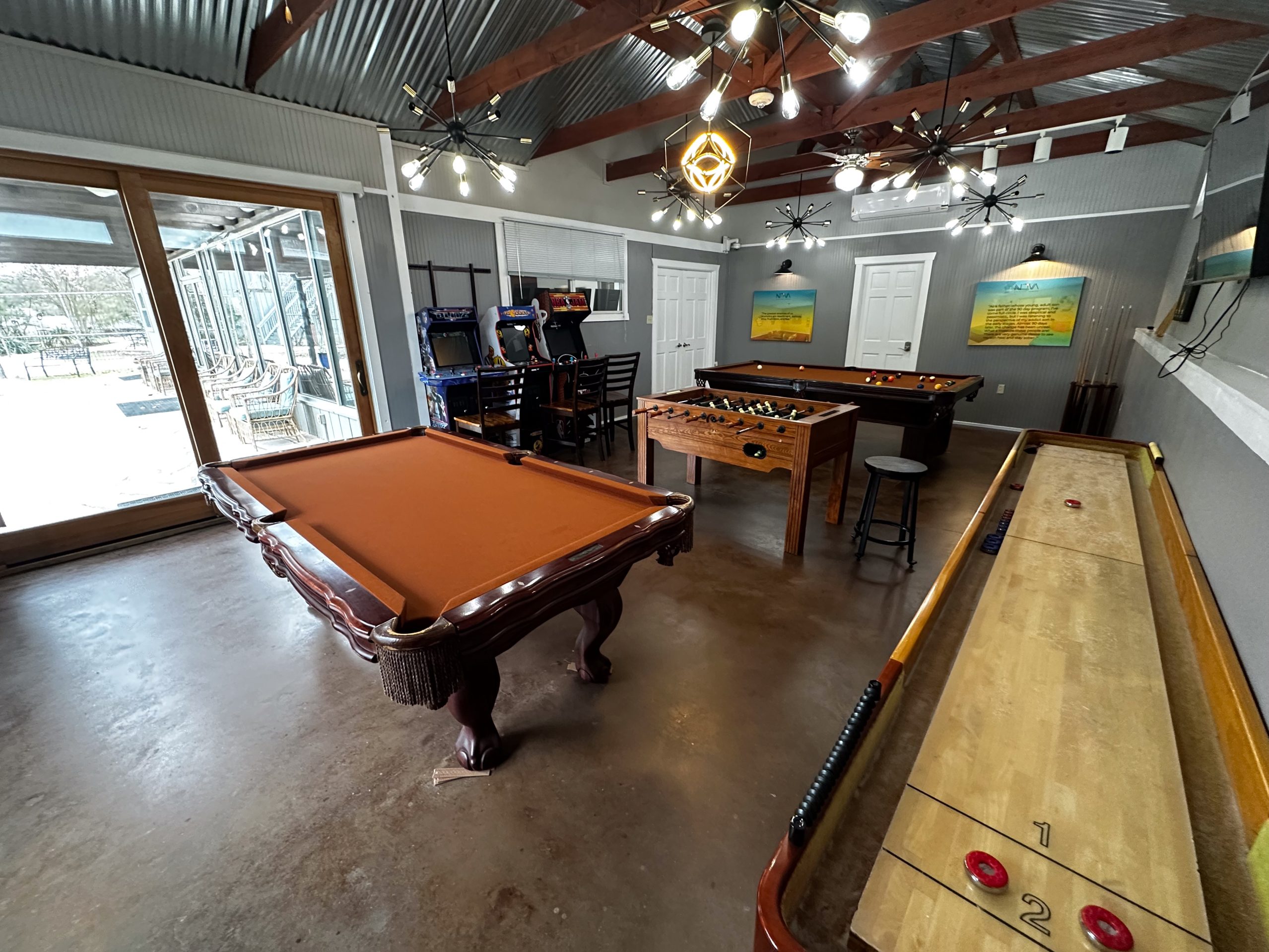
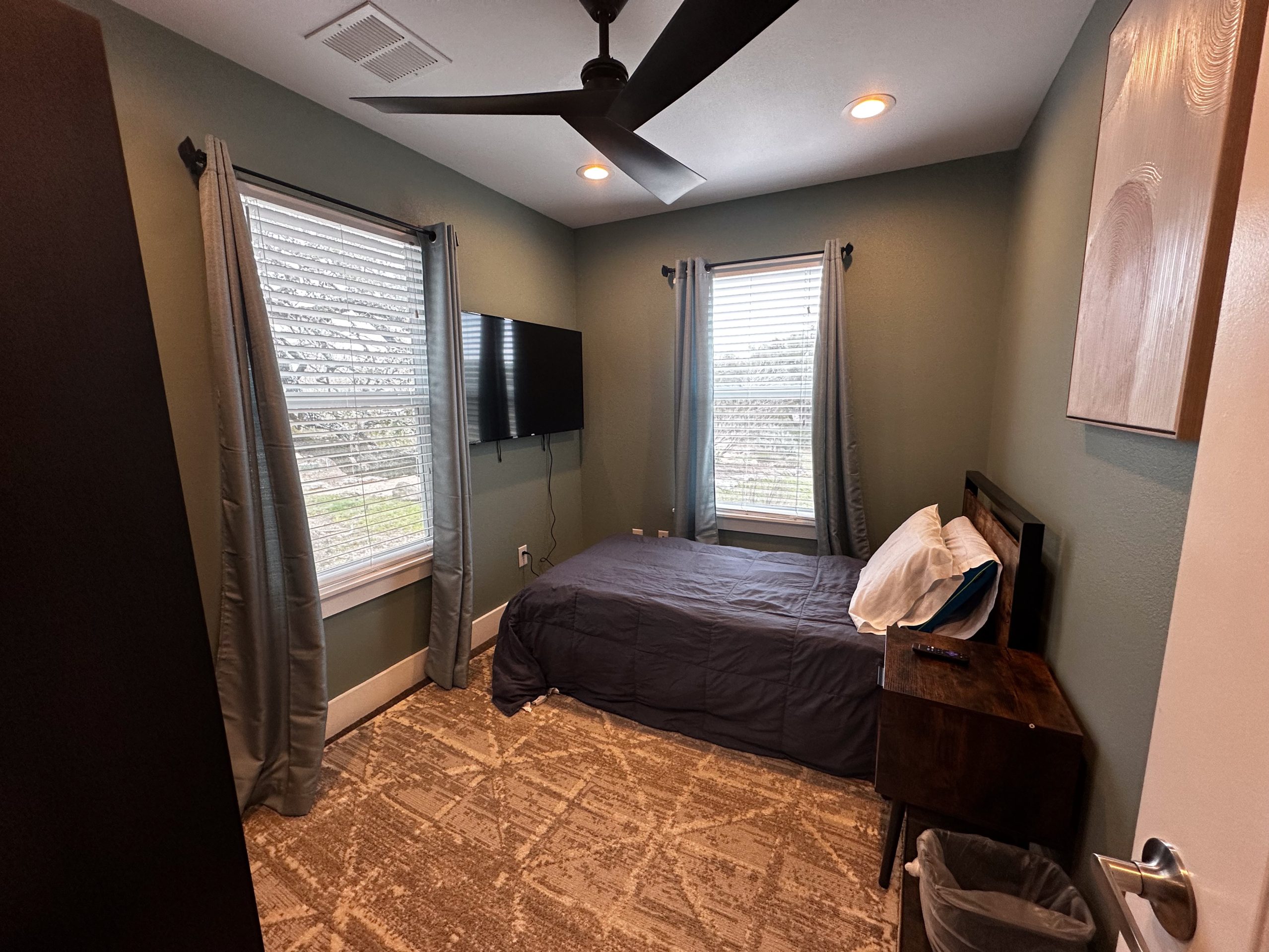

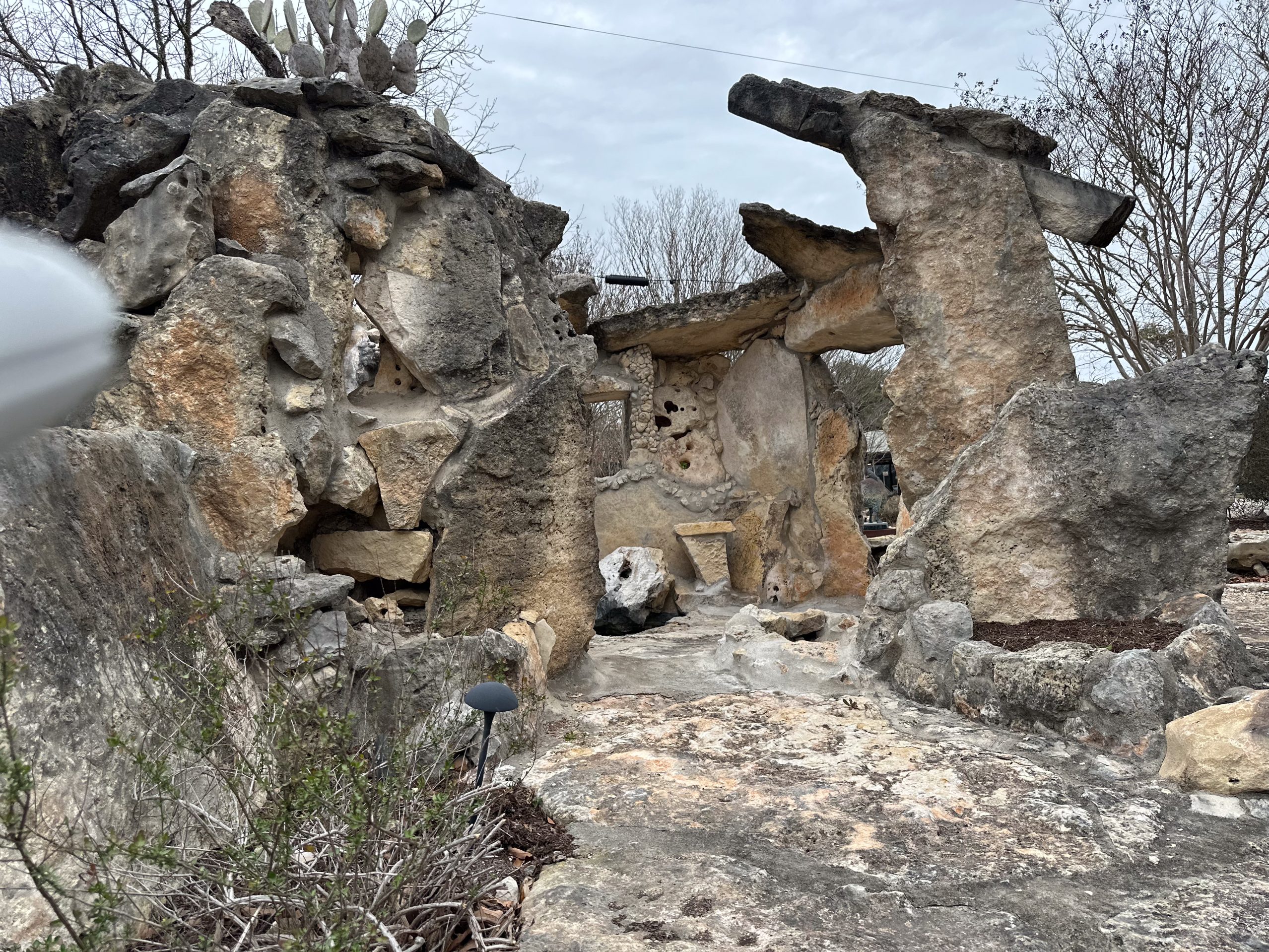
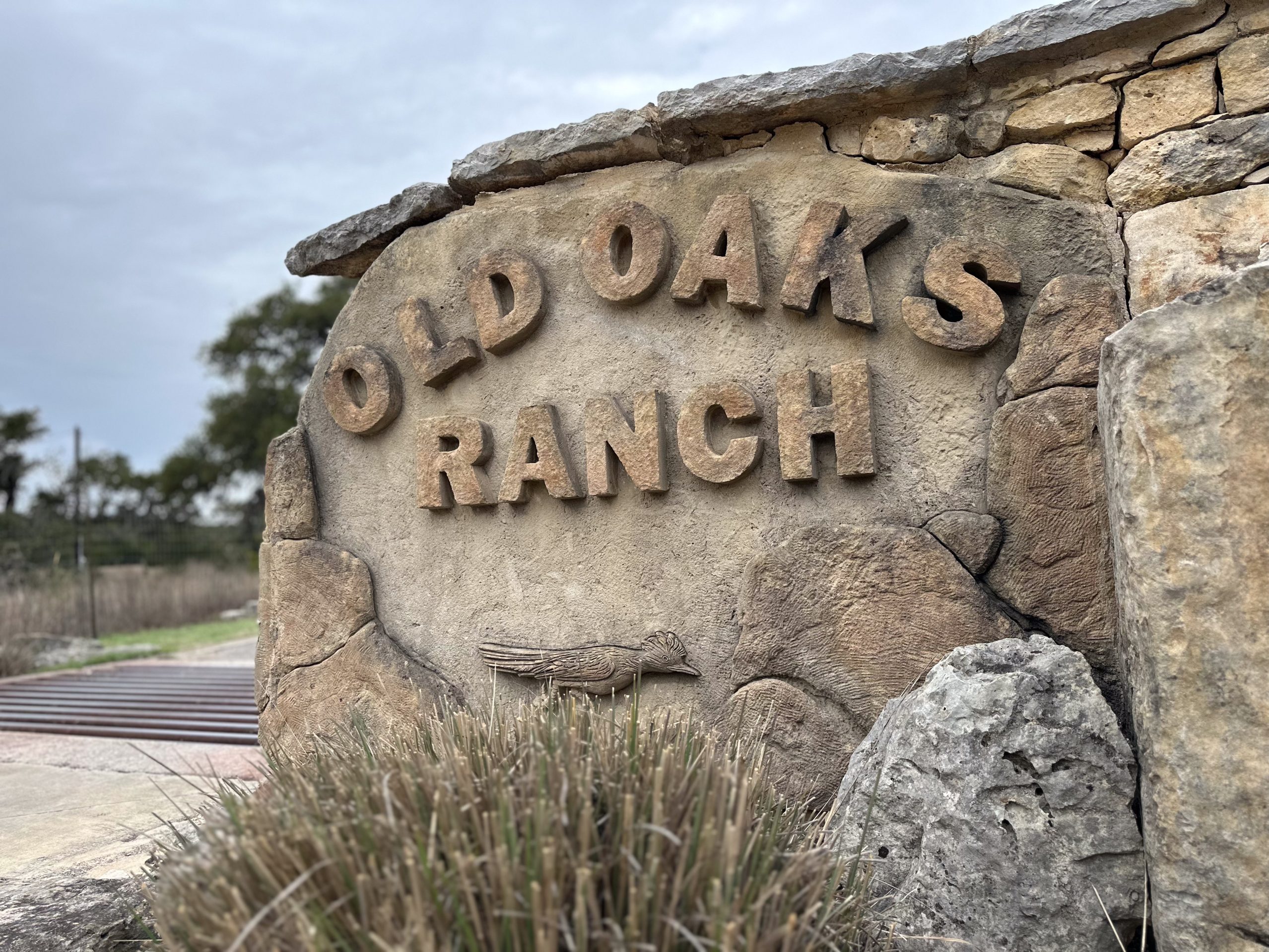
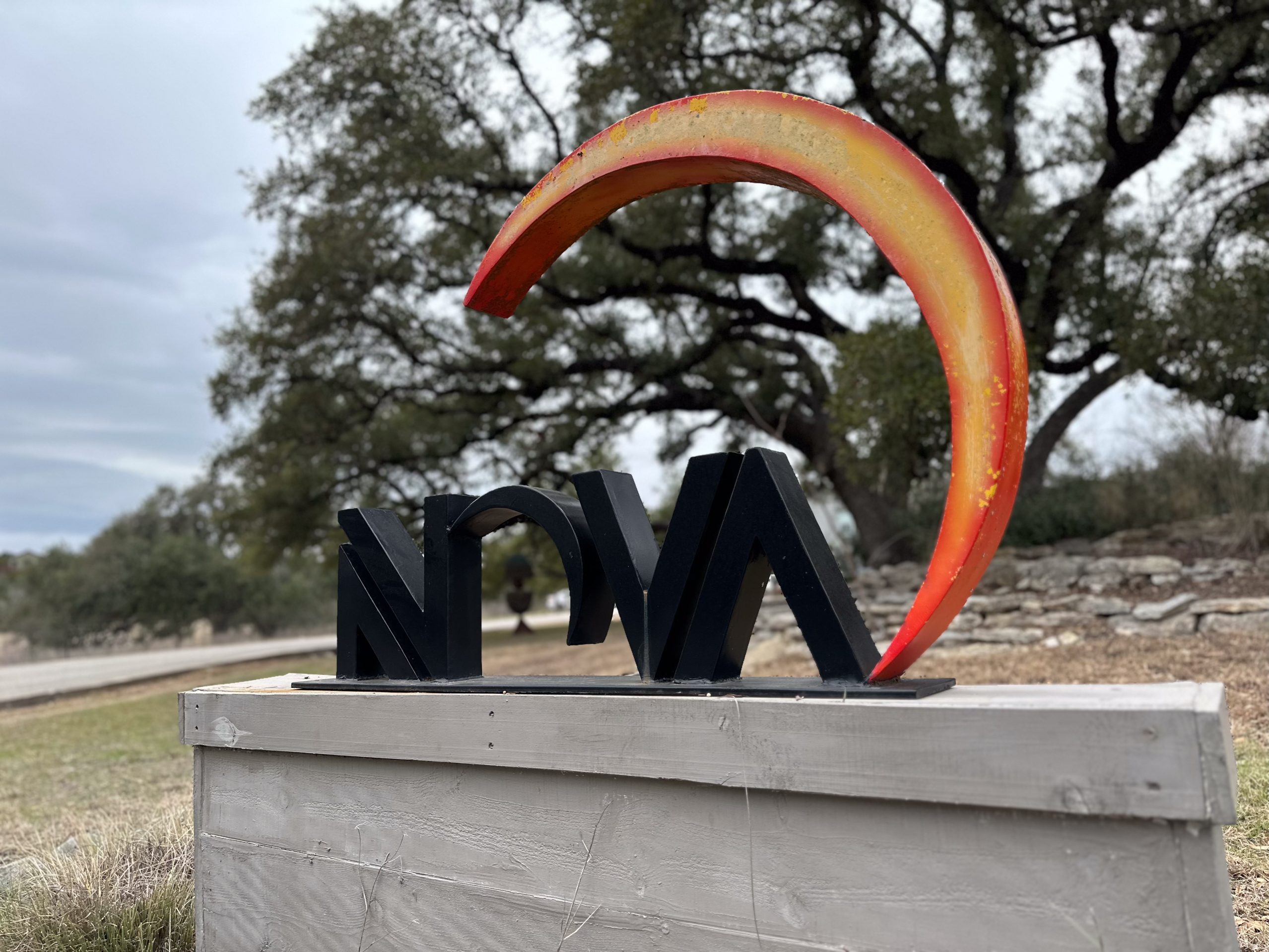
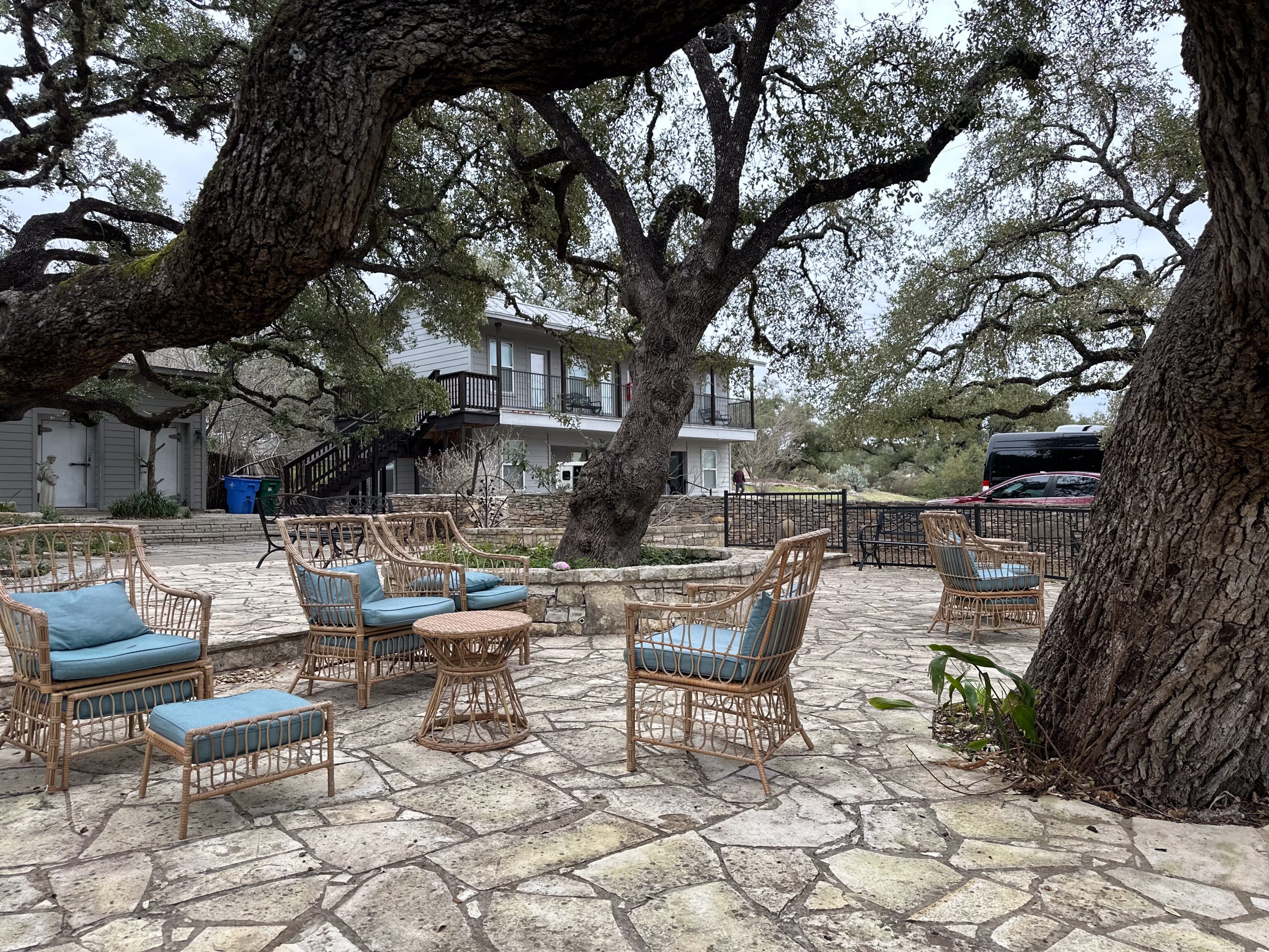
How Does Naltrexone Work?
Naltrexone attaches to opioid receptors in the brain but doesn’t activate them. This blocks the feel-good effects of alcohol and opioids. It also lowers cravings by changing how the brain responds to these substances.
Unlike other medications like methadone, naltrexone doesn’t cause a high or create dependence. That makes it a safe choice for people who want long-term treatment without risk of addiction.
Risk of Overdose
People using naltrexone have a lower tolerance to opioids. If they relapse and take the same dose they used before treatment, they could overdose. This can be life threatening. It’s important to know this risk and avoid trying to bypass the effects of the medication.
Treating Alcohol Addiction with Naltrexone
Naltrexone helps reduce the desire to drink by blocking the effects of alcohol. It lessens the “buzz” people feel, so they’re less likely to continue drinking. This supports recovery and helps prevent relapse.
People who use naltrexone along with counseling and support groups tend to drink less. Clinical trials show that those who took Vivitrol and went to therapy had fewer heavy drinking days and higher success staying sober. It also helps people avoid binge drinks.
Treating Opioid Addiction with Naltrexone
Naltrexone is used in the treatment for opioid addiction. It blocks opioids from attaching to brain receptors. This means people don’t get the same effects from drugs, which helps them stay in recovery.
To start this treatment, the person must detox first. Taking naltrexone too early can cause strong withdrawal symptoms. But once detoxed, people using this medication with therapy often have fewer cravings and stay clean longer.
Side Effects of Naltrexone
Naltrexone is usually safe, but some people may have side effects. Common side effects include:
- Stomach upset
- Vomiting
- Diarrhea
- Headache
- Feeling tired
- Muscle or joint pain
- Anxiety or restlessness
Some people may have serious side effects including liver problems or injection site pain. Liver function should be checked before and during treatment. In rare cases, allergic reactions can occur.
Anyone with heart disease or post traumatic stress disorder should speak with a healthcare professional first. Medical supervision helps catch and manage side effects early.
Is Naltrexone Addictive?
Naltrexone addiction is not a concern. The drug doesn’t make people feel high and doesn’t cause physical dependence. That makes it a helpful tool for long-term recovery from alcohol dependence and opioid use.
People who want to avoid addiction risks from medications like methadone may prefer naltrexone. It offers support without the risk of developing a new substance problem.
Is Naltrexone the Same as Narcan?
No. Narcan (naloxone) and naltrexone are not the same. Naltrexone is used for daily treatment to prevent relapse. Narcan is used in emergencies to reverse opioid overdoses. While they both block opioids, their purposes and usage are different.
More Time. More Joy. More You. Start Now.
WE ACCEPT MOST INSURANCES







Using Naltrexone with Therapy
Combining naltrexone with therapy helps improve recovery. Behavior therapy teaches people how to handle cravings, stress, and other challenges.
Support groups like AA or NA add another layer of help. Group meetings provide connection, support, and accountability. Counseling and group therapy help people stay on track.
Regular Medical Monitoring
Anyone using naltrexone should work with a healthcare professional. Doctors will check for health problems, including liver disease and mental health conditions. This ensures the treatment plan is safe and fits the individual.
Check-ins also help monitor side effects, adjust doses, and improve care. Regular visits give people the best chance at success.
Who Should Avoid Naltrexone?
Some people should not take naltrexone. These include:
- People with liver disease or hepatitis
- Those currently using opioid drugs
- People who are pregnant or breastfeeding
- Anyone with an allergy to naltrexone
Always talk to a healthcare provider before starting. They can check for medical conditions that may increase the risk of complications.
Freedom Starts Here. Take Back Your Life Today.
Same-Day Admissions in Austin Available.
Risks and Health Factors
Certain factors increase the chance of problems. These include:
- Mental health conditions
- Prior allergic reaction
- History of heavy drinking or binge drinking
- Heart disease or other health conditions
Doctors can help reduce the risk by adjusting treatment to fit the patient’s needs.
Support Groups and Counseling
Joining a support group is one of the most helpful things a person can do during recovery. Talking with others who understand the struggle builds strength and motivation.
Therapy also helps people cope with stress, sadness, or anxiety. Family counseling can improve communication and support within the home. These services improve quality of life and help prevent relapse.
Available Treatment Options
There are many treatment programs that include naltrexone. People can choose inpatient or outpatient rehab programs, depending on their needs. These programs often offer detox, medical treatment, counseling, and aftercare planning.
Effective treatment for alcohol addiction or opioid use includes medical care, mental health treatment, and support from others. The more complete the plan, the better the chance of long-term recovery.
Final Thoughts
Naltrexone is an effective treatment option for people with substance use disorder. It reduces cravings and blocks the effects of alcohol and opioids. Used with support groups, therapy, and medical care, it can be a key part of recovery.
If you or someone you love struggles with addiction, talk to a healthcare provider about whether naltrexone is right for you. With the right plan, recovery is possible.
Naltrexone Treatment: Uses, Benefits, and Common Questions
What is naltrexone used for?
Naltrexone is prescribed to help people recover from alcohol and opioid addiction. It works by blocking the euphoric and sedative effects of these substances, making them less rewarding and reducing cravings.
How long is the treatment for naltrexone?
The length of naltrexone treatment varies. Some individuals may take it for several months, while others benefit from longer-term use as part of a structured recovery plan that includes therapy and support programs.
What does naltrexone do to alcoholics?
For individuals with alcohol use disorder, naltrexone reduces cravings and prevents alcohol from producing pleasurable effects. This helps people stay focused on sobriety and lowers the risk of relapse.
Can naltrexone cause diarrhea?
Yes, gastrointestinal side effects such as diarrhea, nausea, or stomach upset can occur. These symptoms are typically mild and temporary but should be discussed with a healthcare provider if they persist.
What makes a person an alcoholic?
Alcoholism often develops due to a mix of genetic, psychological, and environmental factors. Persistent heavy drinking changes brain chemistry, leading to dependence and loss of control over alcohol use.
What is addiction in alcohol?
Alcohol addiction is a chronic condition where a person cannot stop or control their drinking despite negative consequences. It involves both physical dependence and psychological cravings.
What are alcohol addiction symptoms?
Common symptoms include strong cravings, inability to cut back, withdrawal symptoms, neglecting responsibilities, and continued drinking despite harm to health and relationships.
Why can’t an alcoholic stop drinking?
Alcohol alters brain chemistry, creating powerful cravings and withdrawal symptoms. Without treatment and support, these changes make it extremely difficult to quit drinking alone.
Why do people become addicted to opioids?
Opioids trigger the brain’s reward system, creating intense feelings of euphoria. Over time, tolerance and dependence develop, making it hard to stop without medical intervention.
How long does it take for your brain to recover from opioids?
Brain recovery depends on the severity of use, but it can take months to years for brain chemistry and function to normalize after opioid addiction.

